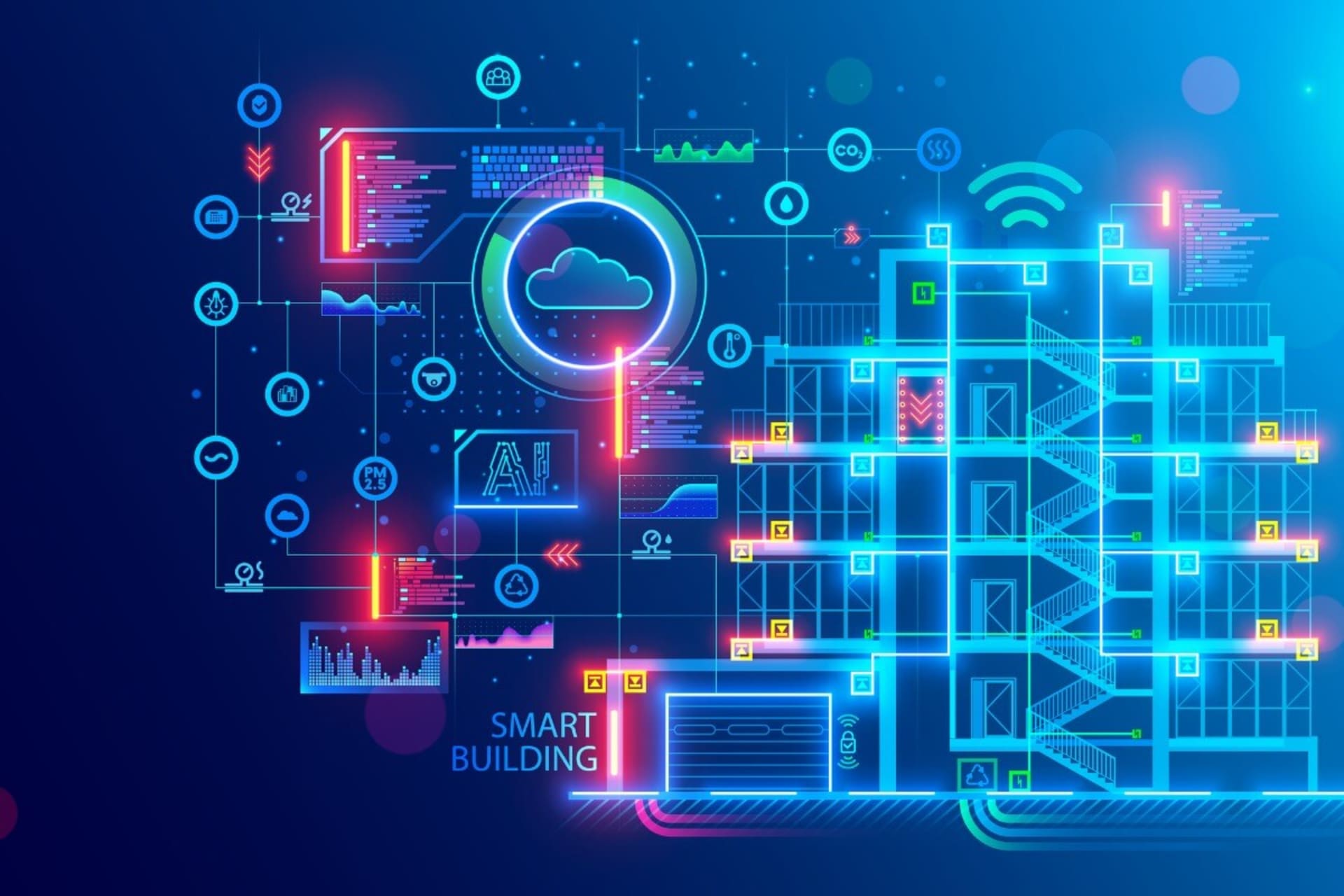
What are build systems? Build systems are tools that automate the process of converting source code into executable programs. They handle tasks like compiling code, linking libraries, and running tests. Why are they important? They save developers time and reduce errors by automating repetitive tasks. Imagine having to manually compile hundreds of files every time you make a change—sounds exhausting, right? How do they work? Build systems use scripts or configuration files to define the steps needed to build a project. Popular examples include Make, Maven, and Gradle. Who uses them? Developers across various fields, from web development to game design, rely on build systems to streamline their workflow.
What is a Build System?
A build system automates the process of converting source code into executable programs. It handles tasks like compiling code, linking libraries, and running tests. Let's dive into some interesting facts about build systems.
-
Build systems save time by automating repetitive tasks, allowing developers to focus on writing code.
-
Make was one of the first build systems, created in 1976 by Stuart Feldman. It uses Makefiles to define build rules.
-
Modern build systems like Gradle and Maven offer more flexibility and better dependency management compared to older systems.
-
Continuous Integration (CI) relies heavily on build systems to automatically test and deploy code changes.
-
Build scripts can be written in various languages, including XML, Groovy, and Python.
Types of Build Systems
Different build systems cater to different needs. Some are better for large projects, while others excel in speed or ease of use.
-
Make-based systems are simple and widely used in Unix environments.
-
Ant is a Java-based build system that uses XML to describe the build process.
-
Maven focuses on project management and dependency management, making it popular for Java projects.
-
Gradle combines the best features of Ant and Maven, offering a powerful and flexible build system.
-
CMake is a cross-platform build system that generates native build scripts for various platforms.
Key Features of Build Systems
Build systems come with a variety of features that make them indispensable tools for developers.
-
Dependency management ensures that all required libraries and modules are available during the build process.
-
Incremental builds only recompile changed files, saving time and resources.
-
Parallel builds can compile multiple files simultaneously, speeding up the build process.
-
Customizable build steps allow developers to define specific actions during the build process.
-
Error detection helps identify issues early, reducing the time spent debugging.
Popular Build Systems
Several build systems have gained popularity due to their unique features and ease of use.
-
Gradle is known for its flexibility and performance, making it a favorite among Android developers.
-
Maven is widely used in the Java community for its powerful dependency management.
-
CMake is popular for its cross-platform capabilities, supporting Windows, macOS, and Linux.
-
Bazel is a fast, scalable build system developed by Google, used for large codebases.
-
Buck is a build system created by Facebook, optimized for fast builds and large projects.
Challenges in Build Systems
Despite their benefits, build systems can present challenges that developers need to address.
-
Complex configurations can make build scripts difficult to understand and maintain.
-
Dependency conflicts may arise when different libraries require incompatible versions of the same dependency.
-
Build performance can be an issue for large projects, requiring optimization and tuning.
-
Cross-platform compatibility can be challenging, especially when dealing with platform-specific code.
-
Tool integration may require additional effort to ensure smooth operation with other development tools.
Future of Build Systems
The future of build systems looks promising, with advancements in technology and new features on the horizon.
-
Cloud-based build systems offer scalability and flexibility, allowing developers to offload build tasks to the cloud.
-
Machine learning could be used to optimize build processes and predict potential issues.
-
Containerization with tools like Docker can help create consistent build environments across different machines.
-
Improved dependency management will make it easier to handle complex projects with numerous dependencies.
-
Enhanced security features will help protect build processes from malicious attacks.
Fun Facts about Build Systems
Build systems have some interesting and lesser-known aspects that might surprise you.
-
Make was originally designed for the Unix operating system but has since been ported to many other platforms.
-
Gradle uses a domain-specific language (DSL) based on Groovy, making it highly customizable.
-
Maven derives its name from the Yiddish word meaning "accumulator of knowledge," reflecting its focus on project management.
Final Thoughts on Build Systems
Build systems are the unsung heroes of software development. They automate tasks, ensure consistency, and save developers tons of time. From Make to Gradle, each system has its strengths and quirks. Knowing which one fits your project can make a world of difference. Continuous Integration and Continuous Deployment have become standard practices, thanks to these systems. They help catch bugs early and keep the codebase healthy. Whether you're working on a small project or a massive enterprise application, understanding build systems is crucial. They might not be the flashiest part of development, but they’re indispensable. So next time you hit "build," remember the complex machinery working behind the scenes. Happy coding!
Was this page helpful?
Our commitment to delivering trustworthy and engaging content is at the heart of what we do. Each fact on our site is contributed by real users like you, bringing a wealth of diverse insights and information. To ensure the highest standards of accuracy and reliability, our dedicated editors meticulously review each submission. This process guarantees that the facts we share are not only fascinating but also credible. Trust in our commitment to quality and authenticity as you explore and learn with us.
